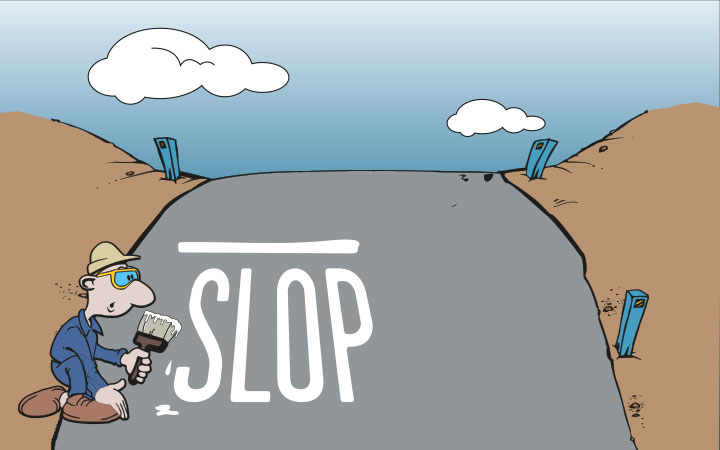Typographical errors, or typos, are a fact of life. Luckily most of the time they don’t result in devastating or fatal outcomes. But when people’s health and safety is on the line, you can’t be too careful.
There are many blogs, articles and even books about the funniest, worst and most disastrous typos of all time. Mostly, when we see a typo we just laugh and thank God that it wasn’t us who made the mistake. But typos and other types of misinformation can and have caused incidents, accidents and even deaths.
At home and at work, we can’t become too complacent about the information we share. Whether it is written or verbal, it is important that each message is sent and received in full with all parties understanding the meaning and the context.
Work health and safety (WHS) legislation requires each workplace to have a WHS management plan in place to help protect workers and the organisation. These documents are often lengthy and complex. Don’t make them more confusing by having typos and misleading information in them. Proof read your work and have someone else check it. Make sure that your information is accurate, logical and easy to understand, even for people who may have problems with language, literacy and numeracy (LLN) and those from different cultures and backgrounds.
A straightforward WHS management plan becomes the blueprint for how health and safety is managed at your work site from the beginning of a project through to completion. In mining this may be from exploration to decommissioning, or there may be complementary WHS management plans for different stages of the mine’s lifecycle. In construction this may be from the planning stage through to project completion and handover.
The WHS management plan must:
- comply with legislation
- meet national, international and industry standards
- reflect leading/best practice.
The Plan should include:
- WHS policy
- Organisational structure and contacts
- Site safety rules and requirements
- Standard work procedures for specific tasks
- Risk management details (for hazard identification and risk assessment)
- Information on how hazards, risks, incidents, injuries and near misses are to be reported and managed
- Emergency contacts and response plan
- Information about hazardous chemicals (storage, transport, use, safety data sheets)
- Communication tools and methods to be used
- Training and required competencies
- Contractor management (if applicable)
- WHS monitoring, auditing and reporting processes.
The WHS management plan should be supported by:
- A general and site induction
- Toolbox talks on relevant topics
- Training program
- Templates and forms (electronic or paper based) including inspection checklist, defect report, incident report
- Register for hazardous chemicals, permits, energy isolations, WHS audit.
Sound complicated? There are options. You can:
- Purchase a generic template document from a number of suppliers
- Have a professional company, like Pertrain, create your WHS management plan and supporting safety documents that are tailored to your organisation and your specific needs.
Whichever way you choose to go, and whatever documents you are creating, remember to check and double check them – someone’s life could depend on it!
For further information on WHS management plans and other safety documents, contact Pertrain Pty Ltd on (07) 5445 2233.
Sources:
1. 7 News, Ambulance typo ‘led to toddler’s death’, 2013, http://au.news.yahoo.com/nsw/a/19962216/ambulance-typo-led-to-toddlers-death/
2. Cracked, The 7 most disastrous Typos of All Time, 2010, http://www.cracked.com/article_18517_the-7-most-disastrous-typos-all-time.html
3. Safe Work Australia, WHS Management Systems in Mining, 2011, http://www.safeworkaustralia.gov.au/sites/SWA/model-whs-laws/public-comment/Documents/Mining%20Public%20Comment%202011/Draft%20Model%20Codes%20of%20Practice%20for%20Public%20Comment/WHSManagementSystemsInMining.doc
4. Sydney Morning Herald, Typo blamed for Emirates jet’s botched take-off, 2011, http://www.smh.com.au/travel/travel-incidents/typo-blamed-for-emirates-jets-botched-takeoff-20111216-1oyru.html
5. The Guardian, The world’s worst typos – in pictures, 2012, http://www.theguardian.com/books/gallery/2012/oct/25/worst-typos-pictures
6. Workplace Health and Safety Queensland, WHS Management Plans (Construction), 2013, http://www.deir.qld.gov.au/workplace/industry/construction/documentation/whs-management-plans/index.htm#.Uqo_EWQW2Ac
7. Wood, J. 2013, Mental_floss, 10 Very Costly Typos,
http://mentalfloss.com/article/49935/10-very-costly-typos

